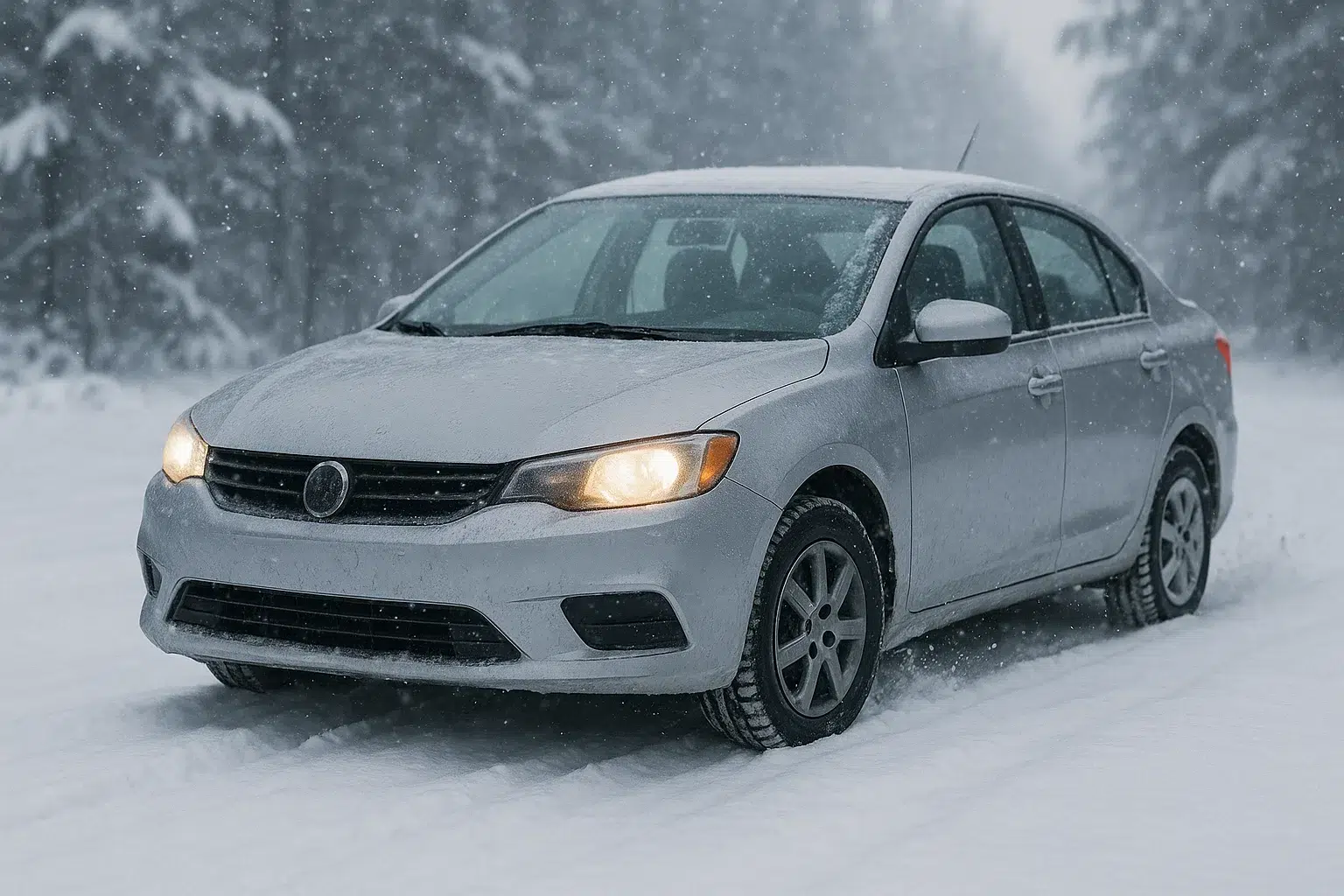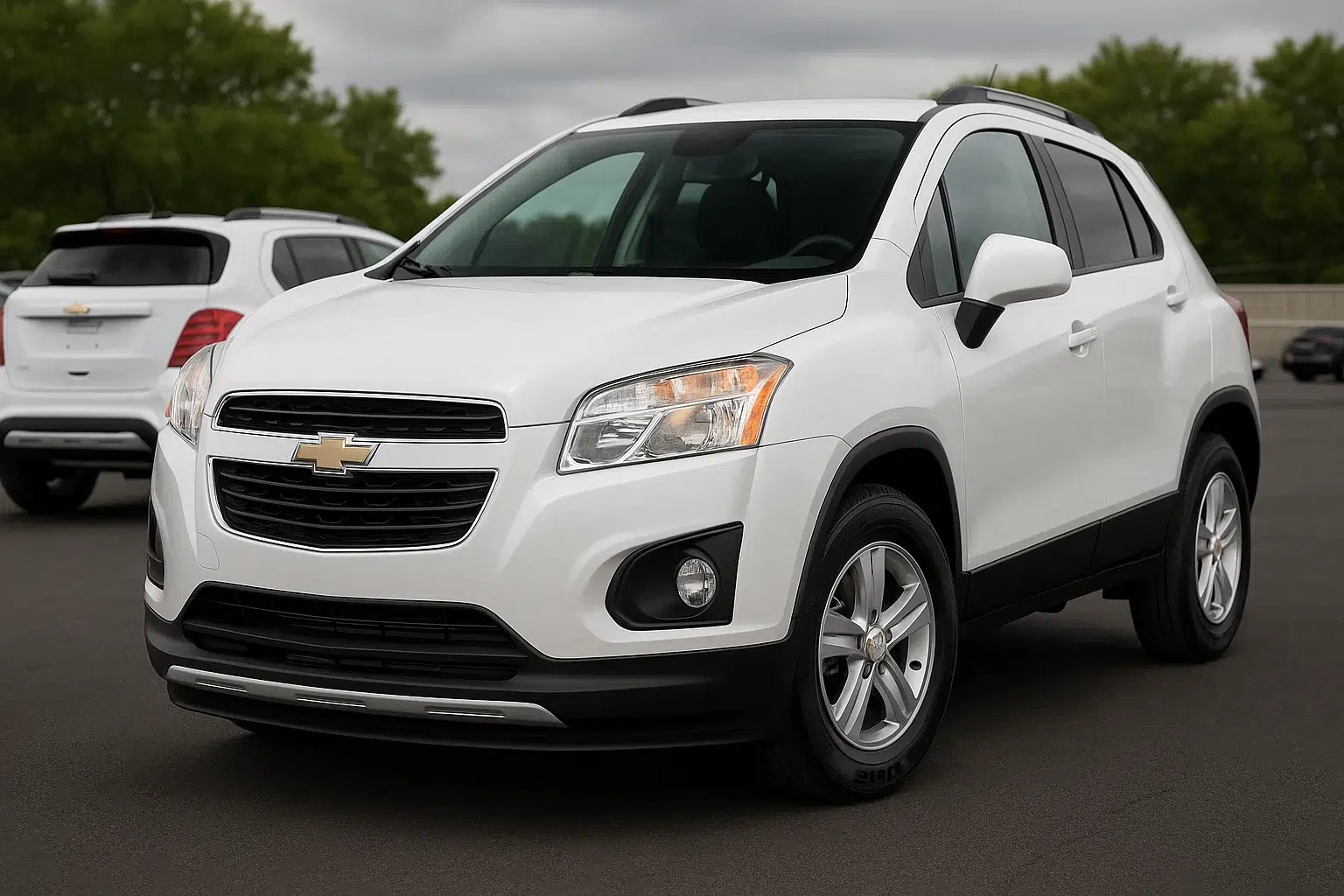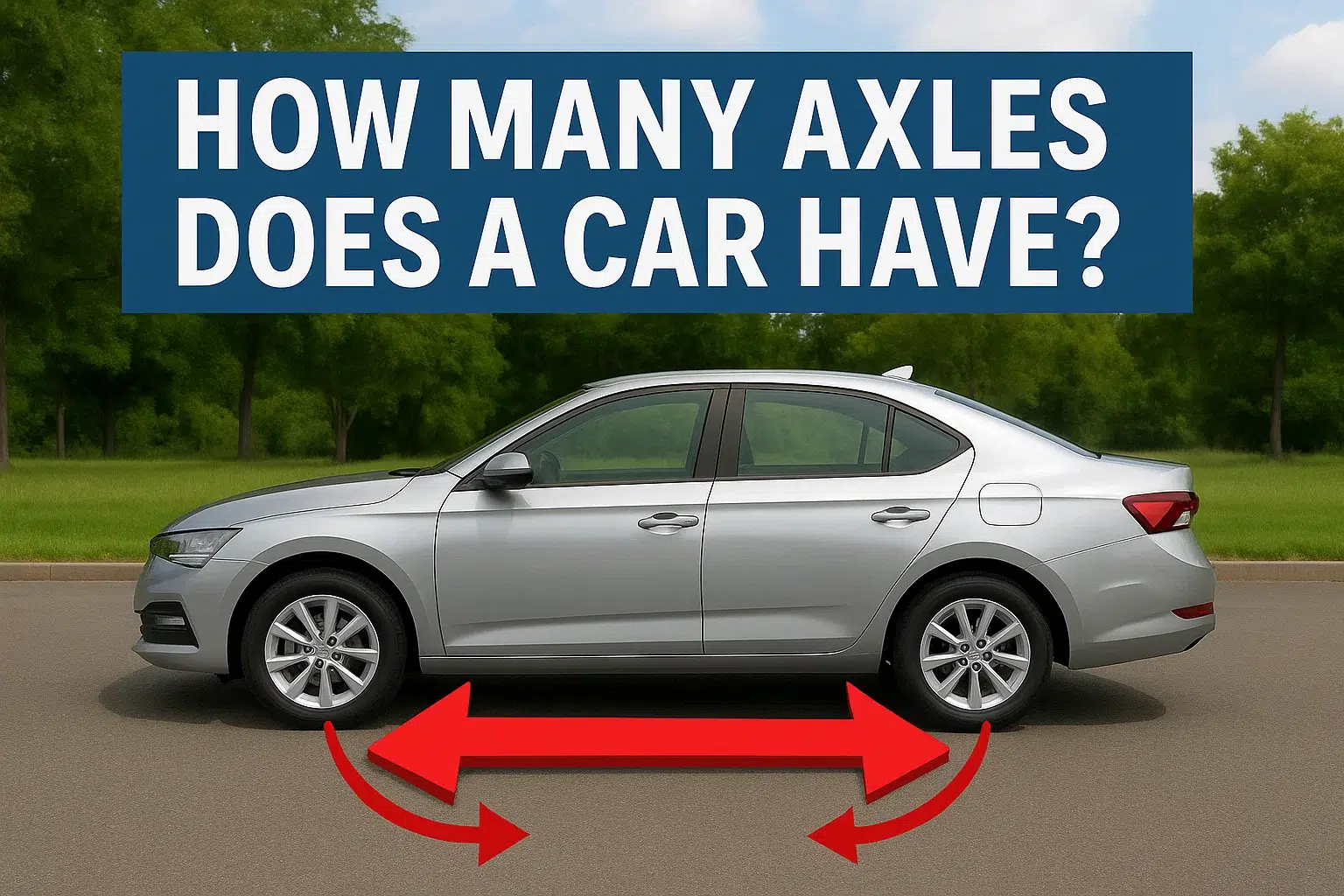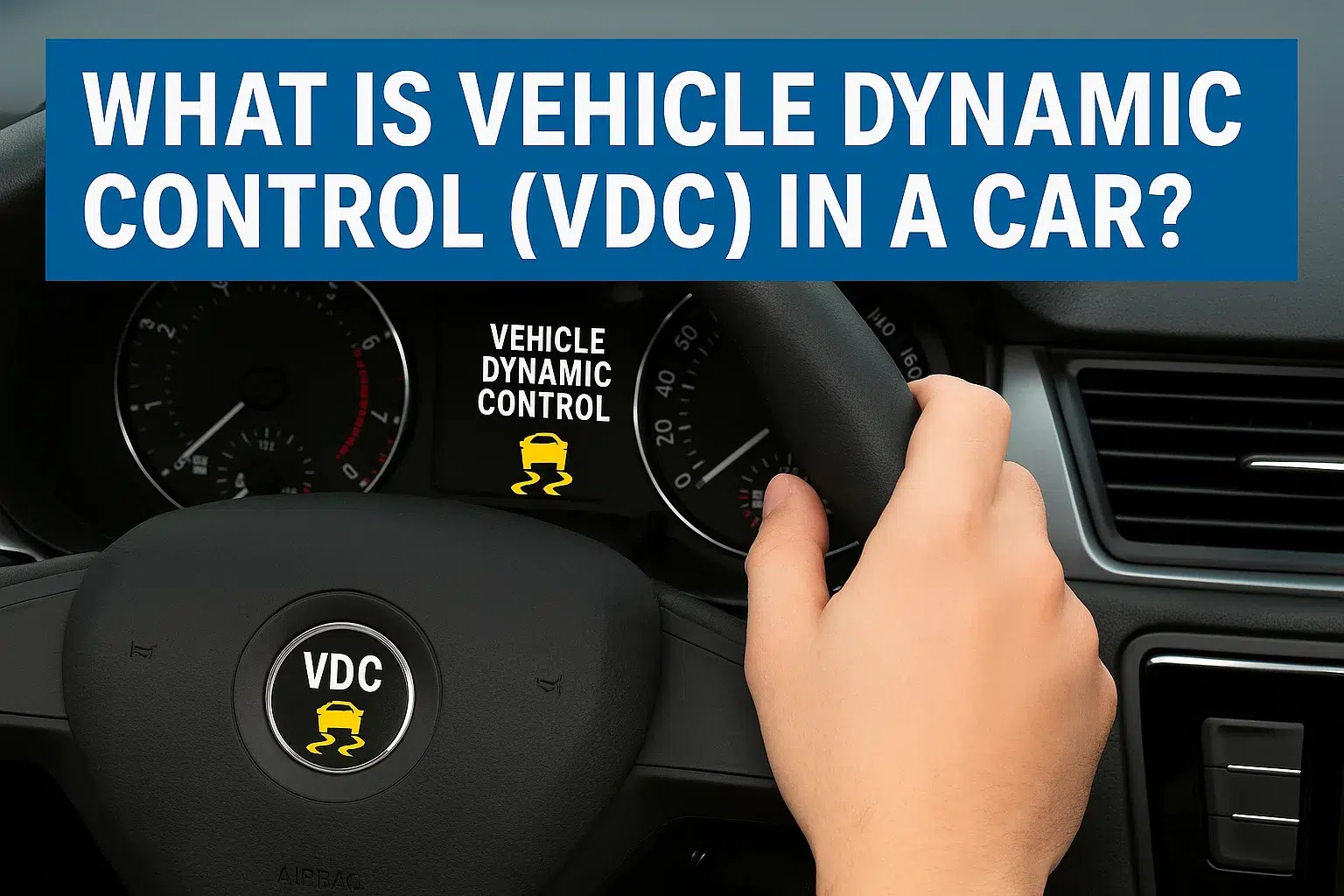Yes, front wheel drive cars are generally good in snow, especially when compared to rear‑wheel‑drive ones, because the weight of the engine is on top of the driving wheels (the front ones). That extra mass adds traction from a stop on slippery surfaces, enabling FWD to be more capable and controllable in the snow for the average driver.
Introduction
As a Mississippi driver, you may share the concern of many others about how your car will fare on icy and snowy streets. Front-wheel drive (FWD) cars – which people rarely even consider in the context of winter driving – can be shockingly competent in the snow. RWD and AWD vehicles usually get more praise for how they handle snow, but there are benefits to driving a front-wheel drive vehicle in the white stuff, too. In this piece, we would be asking: are front wheel drive cars good in snow? and assess their efficacy, safety and pitfalls.
What Is Front Wheel Drive?
Before we talk about how it performs in the snow, it is important to understand what front wheel drive is. In FWD cars, the engine serves as the force driving the front wheels of the vehicle, which steer as well as drive the car. This is a setup quite standard in small cars, sedans, hatchbacks, and even some crossovers. FWD is generally more economical to manufacture and more space-efficient than RWD or all-wheel drive (AWD), as it does not require a differential in a vehicle.
What is so special about Front Wheel Drives (FWD) is that this type of vehicle can have the weight of the engine situated over the front wheels, meaning you’ll have better traction when driving over slippery surfaces, whether that be ice or snow. This weight balance should also make accelerating hard more predictable and confidence inspiring with the tires less likely to break traction.
How Do Front Wheel Drive Cars Perform in Snow?
When roads are covered in snow, the biggest challenge to driving safely is traction. Although all-wheel drive cars tend to factor better on deep snow or icy roads than front-wheel drive cars, for many situations, front-wheel drive is more than sufficient in harsh winter weather.
When you drive a front-wheel-drive car in the snow, the engine is sitting right over the front tires. That extra weight presses those tires down against the road, giving them extra grip. The car can push ahead instead of spinning in place. FWD vehicles are usually steadier in light snow than rear-wheel-drive rides because the back tires can slide around if they get too slippery.
But keep in mind that actual performance will depend on tire quality, depth of snow and road conditions. Even the greatest fwd cars can find themselves stymied by deep snow or ice. For better performance, ensure that your car’s have winter tires fitted on it as these tires are specially designed to have an improved grip in low temperatures.
Tires Are Key to Winter Performance

Quality of tires while driving on snow is a matter of great importance. In a pinch, all-season tires may work fine with a little bit of light snow, but they‘re not going to be the best in the worst. They deserve far more grip then all-season tires can deliver in cold and snowy weather. Winter tires have deeper treads, better rubber compounds, and are more flexible in low temperatures to increase control and curb the risk of the car becoming stuck.
If you’re unsure about your car’s tire status or wondering about the importance of maintenance, remember that putting transmission fluid in your car is just as crucial as checking the tires. A healthy transmission helps keep your FWD car moving smoothly on slippery roads.
Traction Control and Stability
And for a lot of modern Front Wheel Drive cars, they come fitted with traction control systems which prevent wheel spin when you accelerate. Such systems automatically brake one or more wheels when they determine loss of traction. This can be particularly useful in avoiding fish-tailing or skidding on icy or snowy roads.
When you are driving in the snow, traction control has your back down snowy streets. Should you need to modify how safe your car is while driving or just do it easily, you can fasten some of the safety features like the audio and multimedia controls. Using these controls, you can tweak traction or cruise settings without removing your hands from the wheel.
Can Front Wheel Drive Cars Get Stuck in Snow?
While a FWD car provides better snow traction than a RWD car, especially from a stop (assuming one is driving a non-sport car); they still can get stuck in the deep snow or excessively icy road conditions. When snow is very deep, the front wheels may struggle to gain enough traction to push the car forward.
While it’s less likely for a front wheel drive vehicle to fishtail compared to a rear-wheel drive, it’s still possible to become stuck. If you do find yourself in this situation, rocking the car back and forth to gain momentum can help. However, in extreme snow, an all-wheel-drive or four-wheel-drive vehicle is likely a better option.
Also, it is useful to know how many axles does a car have to help you better understand your car’s drivetrain. Most cars, after all, have two axles: one in the front, and another (usually but not always also a drive axle) in the rear, which affects how the vehicle applies and balances power, and how it behaves in response to various driving situations.
Front Wheel Drive vs. All-Wheel Drive and Rear-Wheel Drive
To understand the how and why of what front wheel drive can do in the snowe, you have to contrast it to other drivetrain systems like all-wheel drive and rear-wheel drive.
- All-Wheel Drive (AWD): All-Wheel Drive is usually best for snow as it automatically delivers power to all four wheels. This can deliver a maximum amount of grip, especially for deep snow or icy driving. AWD is however a lot more stable but usually more expensive to service and repair.
- Rear-Wheel Drive (RWD): For RWD cars, they are the worst of the lot thanks to the fact that power is only delivered to the back wheels, increasing the chances of losing traction on snow. RWD may provide a sportier ride, but it’s not cut out for winter, and getting stranded is more of a possibility than with AWD or FWD vehicles.
The Role of Transmission in Winter Driving
The type of transmission on your car may also have a bearing on the way it maneuvers in the snow. Automatic car transmissions are often the choice for FWD cars in the winter as they can deliver power to the wheels more easily and smoothly.
On the flip side, cars with DCT (Dual-Clutch Transmission) or CVT (Continuously Variable Transmission) can have a tough time in the snow. When you hit the gas on a slippery street, the gear changes might lag or jerk. DCTs, for example, can jerk the clutch into gear too hard, while CVTs may struggle to “find” the right ratio on ice, leaving you with low power or sudden surges. Sadly, just like you shouldn’t choose worn tires for winter, you can’t rely on a neglected transmission, either. No matter how advanced the mechanics, regular service helps the gearbox avoid the winter blues.
Sniff out dry, burnt, or low fluid—everything else rides on the stuff flowing perfectly through those gears.
Preparing Your FWD Car for Snow

Preparing your front-wheel-drive car for the snow is a necessary step before winter comes. That includes inspecting and servicing a number of parts to ensure they’re still fit to endure wintry conditions.
- Winter Tires: The tires on your vehicle are the single most important factor in determining how your car or truck will handle the winter elements. Get a good set of winter tires on your vehicle before it starts to snow. The better the tires, the better your FWD car will handle snow.
- Check Your Fluids: Verify that your vehicle’s ATF is at the proper level; low ATF can cause slipping or jerky shifts. Also, inspect the level of antifreeze and windshield wiper fluid, as they are vital fluids for winter driving.
- Winter Safety: Time to Get Your Car Front Axle Repair Cost Checked Out. If your front axle is in bad condition, then the handling of your front wheel drive car could be affected in the snow. Routine maintenance checks will go a long way in avoiding surprise repairs.
- Vehicle Cleanliness: Snow and ice love to sneak into the tight spots around your ride. Give your car a good wash to keep those chilly clumps from piling up on the wheel wells, tires, and front grille. It only takes a few minutes, and it helps everything work right when the temperatures drop.
- Safety Features: Utilize car steering wheel controls when they are available. These let you tweak crucial elements of how your vehicle behaves, such as cruise control settings, traction control behavior, and the like, with your hands still on the wheel. It’s really critical on a long winter’s drive, and the knob constantly needs turning.
Budgeting for Winter Repairs
As you get your car ready for winter, make sure to sock away some money for potential repairs. For instance, if your vehicle gets a ding from the snow, scratch repair cost could be something you need to work into your winter car maintenance plans. Whether it’s a small paint scratch from caked-on snow or a larger repair following a snow-related incident, planning ahead for repairs can relieve future headaches.
You might have other worn parts that you should either replace or fix, such as the brakes, tires or suspension system, which are all absolutely essential for a car to be able to perform safely in snow.
FAQs ( Frequently Asked Questions )
What type of cars are bad on snow?
Rear‑wheel‑drive cars are usually the worst because they have bad grip and oversteer a lot.
Is FWD good in ice?
FWD is better than RWD on ice, but still benefits greatly from winter or studded tires for optimal safety.
What are the disadvantages of FWD cars?
They may be challenged in deep snow, have worse grip than AWD and their front-end parts wear out faster.
Is front wheel drive ok for snow?
Yes, FWD is better than rear‑wheel drive in snow, especially with winter tires.
Which type of drive is best in snow?
AWD or 4WD provides the most traction and control in deep or slippery snow.
Conclusion: Are Front Wheel Drive Cars Good in Snow?
In summary, front wheel drive cars are generally bad in the snow. But along with winter tires, they work quite well indeed. They offer better traction than rear-wheel-drive cars and can handle moderate snow conditions without any problem. Yet in extreme winter environments, the answer cannot be anything other than all-wheel drive.
Preparation is your best defense against turning your FWD vehicle into a giant propeller as you skid off the road, so get your car ready for winter now. There are many tried and true suggestions, like maintenance, buying winter tires, and knowing what your car is able to accomplish. If you’re dealing with winter driving, there are things to consider as a car owner: when it comes to a nice smooth winter driving experience, car maintenance will come to mind, how your drivetrain plays its part, and making sure you keep your transmission in the right order.
But outfitted with the proper gear, the front wheel drive car can be the front line of winter driving.

I am Tushar Balchandani, founder of Car Info Expert and someone who has been working extensively in the car industry as a car expert for 15 years. My aim is to provide useful truthful and reliable information to the readers based on my real experiences and hands-on experience. From buying tips to maintenance guides, I help readers make confident car-related decisions.




